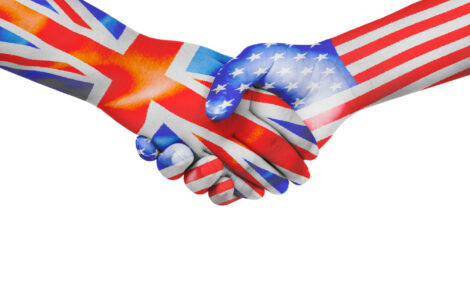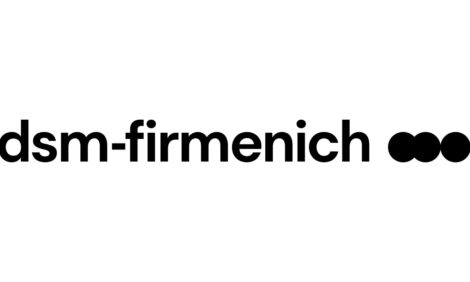



International Egg and Poultry Review
By the USDA's Agricultural Marketing Service - This is a weekly report looking at international developments concerning the poultry industry, this week looking at Russia.
Russia
Russia is feeling its fair share of impact from the outbreaks of highly
pathogenic avian influenza (HPAI) circulating parts of the globe. The
disease was first confirmed in Russia in some backyard chickens,
turkeys, ducks, and geese on July 23, 2005. Since then avian flu has
been detected in about ten regions mostly in the southern part of Russia:
Altai, Chelyabinsk, Kurgan, Novosibirsk, Omsk, Tiumen, Kalmykia,
Astrakhan, Dagestan, and Krasnodarsky. News publications estimate
Russia has destroyed around 1.3 million birds due to AI. Presently
Russia is taking all measures necessary to counteract the disease,
such as stamping out; isolation of fowl from external sources; vaccinating;
sanitization of buildings, premises, and vehicles; Spring hunting
bans; and movement controls/restrictions. The country has also
gone as far as imposing inspections, citing that farms not meeting
veterinary recommendations will be closed. According to media, Russia
has 164 broiler farms and 360 egg farms.
Poultry meat currently comprises 35% of Russia's meat market of
which a third is whole birds, a third chicken leg quarters, and 28.5% is
processed products. About 50% of domestic chicken production is
traded as fresh and chilled. Domestic production of poultry meat grew
15% in 2005 with 87% of the poultry produced being broilers. Production
is predicted to grow another 15% in 2006, providing the ancillary
industries become more developed and vertically integrated. In light of
Russia's growing poultry production, domestic consumption is currently
failing to keep up with noticeable reductions in consumer demand
since HPAI was first confirmed in the country July of 2005.
According to recent polls, one out of every four Russian consumers
admitted to buying less poultry now than prior to bird flu outbreaks
despite price reductions. However, domestic producers claim HPAI
has only caused a reduction in consumption of no more than 10%
throughout Russia and 15% in the larger cities. Prices of wholesale
poultry meat imports in Moscow and St. Petersburg dropped 27% to 41
rubles/kilogram (kg) December 1, 2005 compared with prices from
April through June of 2005 at 56 rubles/kg. It is predicted poultry meat
prices could go down as much as 25% in 2006. According to members
of industry, the profitability of chicken production is still high enough
to cover the costs related to fighting AI, despite producers citing losses
of 20% in sales. Prompted by losses, the Russian Poultry Farmers
Union has asked the Ministry of Agriculture and Economic Development
to cut import quotas for 2006 by at least 30% at an international
poultry farming conference.
Poultry imports forecast for 2005 and 2006 have increased compared
to previous reports, due to Russia's enlargement of the poultry import
quota announced November 8, 2005. The quota rose from 1.05 million
metric tons (MMT) with the US share being 771,900 MT to 1.09
MMT for 2006 with the US share growing to 881,900 MT. Imports of
poultry products not limited to the quota and smuggling grew higher
than expected. According to Russia's Customs Service, Russia imported
1,161.8 MMT of poultry meat under the code 0207 (worth $743.5
million) between January and November of 2005. The majority of poultry
imports were chicken leg quarters from the US. Whereas, imports
of frozen turkey cuts have decreased, while imports of fresh/chilled
cuts, mostly from Germany, are rising.
To view the full report, including tables please click here
Source: USDA's Agricultural Marketing Service - 28th March 2006








